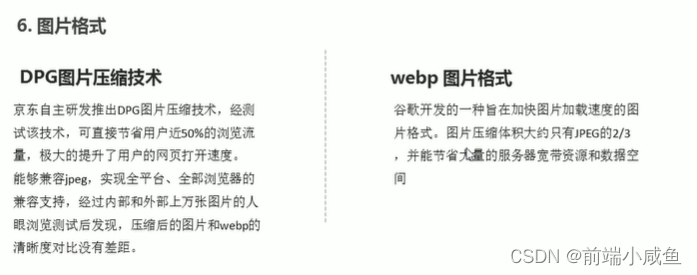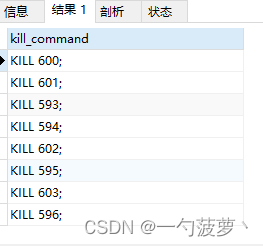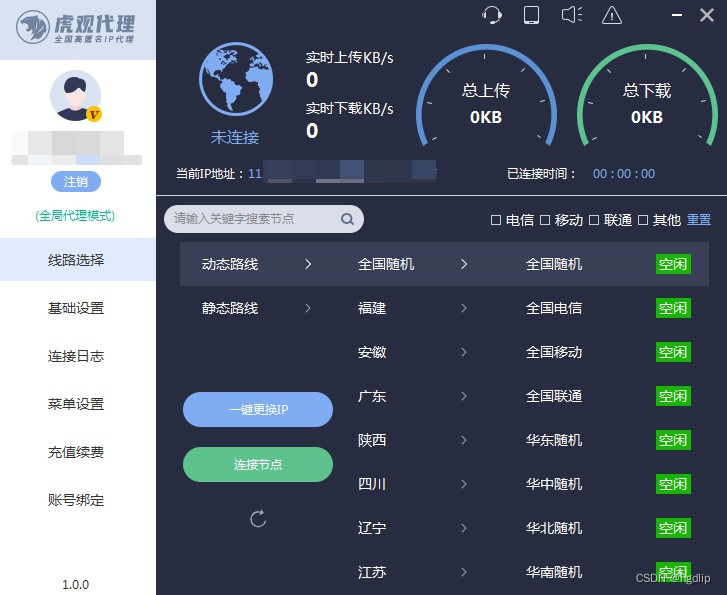目录
二、双指针
25. 验证回文数 ①
26. 判断子序列 ①
27. 两数之和II - 输入有序数组 ②
28. 盛最多水的容器 ②
29. 三数之和 ②
二、双指针
25. 验证回文数 ①
如果在将所有大写字符转换为小写字符、并移除所有非字母数字字符之后,短语正着读和反着读都一样。则可以认为该短语是一个 回文串 。
字母和数字都属于字母数字字符。
给你一个字符串 s,如果它是 回文串 ,返回 true ;否则,返回 false 。
示例 1:
输入: s = "A man, a plan, a canal: Panama" 输出:true 解释:"amanaplanacanalpanama" 是回文串。
示例 2:
输入:s = "race a car" 输出:false 解释:"raceacar" 不是回文串。
示例 3:
输入:s = " " 输出:true 解释:在移除非字母数字字符之后,s 是一个空字符串 "" 。 由于空字符串正着反着读都一样,所以是回文串。
提示:
1 <= s.length <= 2 * 105s仅由可打印的 ASCII 字符组成
方法1:

public static boolean isPalindrome(String s) {
StringBuilder stringBuilder = new StringBuilder();
for (int i = 0; i < s.length(); i++) {
char c = s.charAt(i);
if (Character.isUpperCase(c)){
c = Character.toLowerCase(c);
}
if (Character.isLowerCase(c) || Character.isDigit(c)){
stringBuilder.append(c);
}
}
// 比较的时候要把stringBuilder放左边
// 因为stringBuilder.reverse()会改变stringBuilder的值
if (stringBuilder.toString().equals("") || stringBuilder.toString().equals(stringBuilder.reverse().toString())){
return true;
}else {
return false;
}
}方法2:
public boolean isPalindrome(String s) {
int first = 0;
int last = s.length() - 1;
char[] chars = s.toCharArray();
while (first < last) {
if(chars[first] < 48 || (chars[first] > 57 && chars[first] < 65) || (chars[first] > 90 && chars[first] < 97) || chars[first] > 122) {
first++;
continue;
}
if(chars[last] < 48 || (chars[last] > 57 && chars[last] < 65) || (chars[last] > 90 && chars[last] < 97) || chars[last] > 122) {
last--;
continue;
}
if(chars[first] < 97) chars[first] += 32;
if(chars[last] < 97) chars[last] += 32;
if(chars[first] != chars[last]) return false;
first++;
last--;
}
return true;
}26. 判断子序列 ①
给定字符串 s 和 t ,判断 s 是否为 t 的子序列。
字符串的一个子序列是原始字符串删除一些(也可以不删除)字符而不改变剩余字符相对位置形成的新字符串。(例如,"ace"是"abcde"的一个子序列,而"aec"不是)。
进阶:
如果有大量输入的 S,称作 S1, S2, ... , Sk 其中 k >= 10亿,你需要依次检查它们是否为 T 的子序列。在这种情况下,你会怎样改变代码?
致谢:
特别感谢 @pbrother 添加此问题并且创建所有测试用例。
示例 1:
输入:s = "abc", t = "ahbgdc" 输出:true
示例 2:
输入:s = "axc", t = "ahbgdc" 输出:false
提示:
0 <= s.length <= 1000 <= t.length <= 10^4- 两个字符串都只由小写字符组成。
方法1(2ms)
public boolean isSubsequence(String s, String t) {
int small = 0;
for (int i = 0; i < t.length(); i++) {
if (small < s.length() && t.charAt(i) == s.charAt(small)){
small++;
}
}
if (small == s.length()){
return true;
}else {
return false;
}
} public boolean isSubsequence(String s, String t) {
int i = 0, j = 0;
while (i < s.length() && j < t.length()) {
if (s.charAt(i) == t.charAt(j)){
i++;
}
j++;
}
return i == s.length();
}方法2:(0ms)
public boolean isSubsequence(String s, String t) {//运用数组和String API
int index=-1;
for(char ch:s.toCharArray()){
index=t.indexOf(ch,index+1);
if(index==-1){
return false;
}
}
return true;
}27. 两数之和II - 输入有序数组 ②
给你一个下标从 1 开始的整数数组 numbers ,该数组已按 非递减顺序排列 ,请你从数组中找出满足相加之和等于目标数 target 的两个数。如果设这两个数分别是 numbers[index1] 和 numbers[index2] ,则 1 <= index1 < index2 <= numbers.length 。
以长度为 2 的整数数组 [index1, index2] 的形式返回这两个整数的下标 index1 和 index2。
你可以假设每个输入 只对应唯一的答案 ,而且你 不可以 重复使用相同的元素。
你所设计的解决方案必须只使用常量级的额外空间。
示例 1:
输入:numbers = [2,7,11,15], target = 9 输出:[1,2] 解释:2 与 7 之和等于目标数 9 。因此 index1 = 1, index2 = 2 。返回 [1, 2] 。
示例 2:
输入:numbers = [2,3,4], target = 6 输出:[1,3] 解释:2 与 4 之和等于目标数 6 。因此 index1 = 1, index2 = 3 。返回 [1, 3] 。
示例 3:
输入:numbers = [-1,0], target = -1 输出:[1,2] 解释:-1 与 0 之和等于目标数 -1 。因此 index1 = 1, index2 = 2 。返回 [1, 2] 。
提示:
2 <= numbers.length <= 3 * 104-1000 <= numbers[i] <= 1000numbers按 非递减顺序 排列-1000 <= target <= 1000- 仅存在一个有效答案
方法1:(447ms)
public int[] twoSum(int[] numbers, int target) {
int[] result = new int[2];
for (int i = 0; i < numbers.length; i++) {
for (int j = numbers.length - 1; j > i; j--) {
if (numbers[j] == target - numbers[i]){
result[0] = i + 1;
result[1] = j + 1;
return result;
}
}
}
return result;
}(1ms)
public int[] twoSum(int[] numbers, int target) {
int[] result = new int[2];
int left = 0;
int right = numbers.length - 1;
while (true){
if (numbers[left] + numbers[right] > target){
right--;
}else if (numbers[left] + numbers[right] < target){
left++;
}else {
result[0] = left + 1;
result[1] = right + 1;
return result;
}
}
}28. 盛最多水的容器 ②
给定一个长度为 n 的整数数组 height 。有 n 条垂线,第 i 条线的两个端点是 (i, 0) 和 (i, height[i]) 。
找出其中的两条线,使得它们与 x 轴共同构成的容器可以容纳最多的水。
返回容器可以储存的最大水量。
说明:你不能倾斜容器。
示例 1:
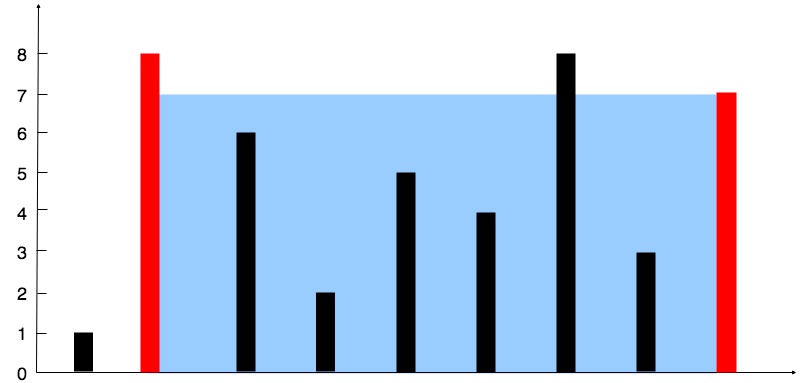
输入:[1,8,6,2,5,4,8,3,7] 输出:49 解释:图中垂直线代表输入数组 [1,8,6,2,5,4,8,3,7]。在此情况下,容器能够容纳水(表示为蓝色部分)的最大值为 49。
示例 2:
输入:height = [1,1] 输出:1
提示:
n == height.length2 <= n <= 1050 <= height[i] <= 104
方法1:(3ms)
public static int maxArea(int[] height) {
int left = 0;
int right = height.length - 1;
int area = 0;
while (left < right){
int min = Math.min(height[left], height[right]);
if (min * (right - left) > area){
area = min * (right - left);
}
if (min == height[left]){
left++;
}else {
right--;
}
}
return area;
}方法2:(1ms)
public int maxArea(int[] height) {
int l = 0;
int r = height.length-1;
int max = 0;
int minH;
while(l<r){
minH = Math.min(height[l],height[r]);
max = Math.max(max,minH*(r-l));
while(l<r&&height[l]<=minH) ++l;
while(l<r&&height[r]<=minH) --r;
}
return max;
}29. 三数之和 ②
给你一个整数数组 nums ,判断是否存在三元组 [nums[i], nums[j], nums[k]] 满足 i != j、i != k 且 j != k ,同时还满足 nums[i] + nums[j] + nums[k] == 0 。请
你返回所有和为 0 且不重复的三元组。
注意:答案中不可以包含重复的三元组。
示例 1:
输入:nums = [-1,0,1,2,-1,-4] 输出:[[-1,-1,2],[-1,0,1]] 解释: nums[0] + nums[1] + nums[2] = (-1) + 0 + 1 = 0 。 nums[1] + nums[2] + nums[4] = 0 + 1 + (-1) = 0 。 nums[0] + nums[3] + nums[4] = (-1) + 2 + (-1) = 0 。 不同的三元组是 [-1,0,1] 和 [-1,-1,2] 。 注意,输出的顺序和三元组的顺序并不重要。
示例 2:
输入:nums = [0,1,1] 输出:[] 解释:唯一可能的三元组和不为 0 。
示例 3:
输入:nums = [0,0,0] 输出:[[0,0,0]] 解释:唯一可能的三元组和为 0 。
提示:
3 <= nums.length <= 3000-105 <= nums[i] <= 105
方法1:(通过311/312)
public static List<List<Integer>> threeSum(int[] nums) {
ArrayList<List<Integer>> result = new ArrayList<>();
Arrays.sort(nums);
for (int i = 0; i < nums.length; i++) {
int left = i;
int right = nums.length - 1;
int mid = left + 1;
while (mid < right){
if (nums[mid] + nums[right] + nums[left] < 0){
mid++;
}else if (nums[mid] + nums[right] + nums[left] > 0){
right--;
}else {
ArrayList<Integer> list = new ArrayList<>();
list.add(nums[left]);
list.add(nums[mid]);
list.add(nums[right]);
mid++;
right--;
if (!result.contains(list)){
result.add(list);
}
}
}
}
return result;
}对以上代码的修改,使得通过所有用例:(38ms)
public static List<List<Integer>> threeSum(int[] nums) {
ArrayList<List<Integer>> result = new ArrayList<>();
Arrays.sort(nums);
for (int i = 0; i < nums.length; i++) {
int left = i;
if (i > 0 && nums[i] == nums[i - 1]){
continue;
}
int right = nums.length - 1;
int mid = left + 1;
while (mid < right){
if (nums[mid] + nums[right] + nums[left] < 0){
mid++;
}else if (nums[mid] + nums[right] + nums[left] > 0){
right--;
}else {
result.add(Arrays.asList(nums[left], nums[mid], nums[right]));
while (mid < right && nums[mid +1] == nums[mid]){
mid++;
}
while (mid < right && nums[right] == nums[right - 1]){
right--;
}
mid++;
right--;
}
}
}
return result;
}方法2:
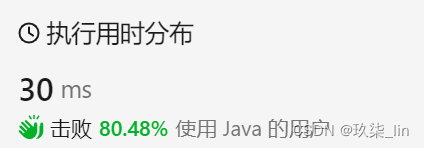
public List<List<Integer>> threeSum(int[] nums) {
//定义一个结果集
List<List<Integer>> res = new ArrayList<>();
//数组的长度
int len = nums.length;
//当前数组的长度为空,或者长度小于3时,直接退出
if(nums == null || len <3){
return res;
}
//将数组进行排序
Arrays.sort(nums);
//遍历数组中的每一个元素
for(int i = 0; i<len;i++){
//如果遍历的起始元素大于0,就直接退出
//原因,此时数组为有序的数组,最小的数都大于0了,三数之和肯定大于0
if(nums[i]>0){
break;
}
//去重,当起始的值等于前一个元素,那么得到的结果将会和前一次相同
if(i > 0 && nums[i] == nums[i-1]) continue;
int l = i +1;
int r = len-1;
//当 l 不等于 r时就继续遍历
while(l<r){
//将三数进行相加
int sum = nums[i] + nums[l] + nums[r];
//如果等于0,将结果对应的索引位置的值加入结果集中
if(sum==0){
// 将三数的结果集加入到结果集中
res.add(Arrays.asList(nums[i], nums[l], nums[r]));
//在将左指针和右指针移动的时候,先对左右指针的值,进行判断
//如果重复,直接跳过。
//去重,因为 i 不变,当此时 l取的数的值与前一个数相同,所以不用在计算,直接跳
while(l < r && nums[l] == nums[l+1]) {
l++;
}
//去重,因为 i不变,当此时 r 取的数的值与前一个相同,所以不用在计算
while(l< r && nums[r] == nums[r-1]){
r--;
}
//将 左指针右移,将右指针左移。
l++;
r--;
//如果结果小于0,将左指针右移
}else if(sum < 0){
l++;
//如果结果大于0,将右指针左移
}else if(sum > 0){
r--;
}
}
}
return res;
}方法3:(9ms)
public List<List<Integer>> threeSum(int[] nums) {
List<List<Integer>> res = new ArrayList<List<Integer>>();
if (nums == null || nums.length < 3) return res;
Arrays.sort(nums);
for (int i = 0; i < nums.length - 2; i++) {
if (i != 0 && nums[i] == nums[i - 1]) continue;
int low = i + 1;
int high = nums.length - 1;
while (low < high) {
int sum = nums[low] + nums[high] + nums[i];
if (sum == 0) {
List<Integer> item = new ArrayList<Integer>();
item.add(nums[i]);
item.add(nums[low]);
item.add(nums[high]);
res.add(item);
low++;
high--;
while (low < high && nums[low] == nums[low - 1]) low++;
while (low < high && nums[high] == nums[high + 1]) high--;
} else if (sum > 0) {
high--;
} else {
low++;
}
}
}
return res;
}
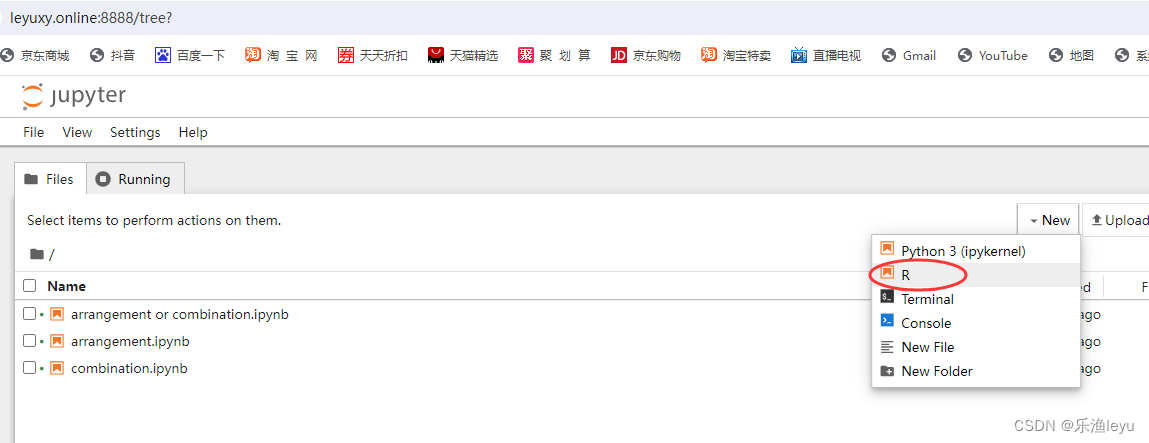

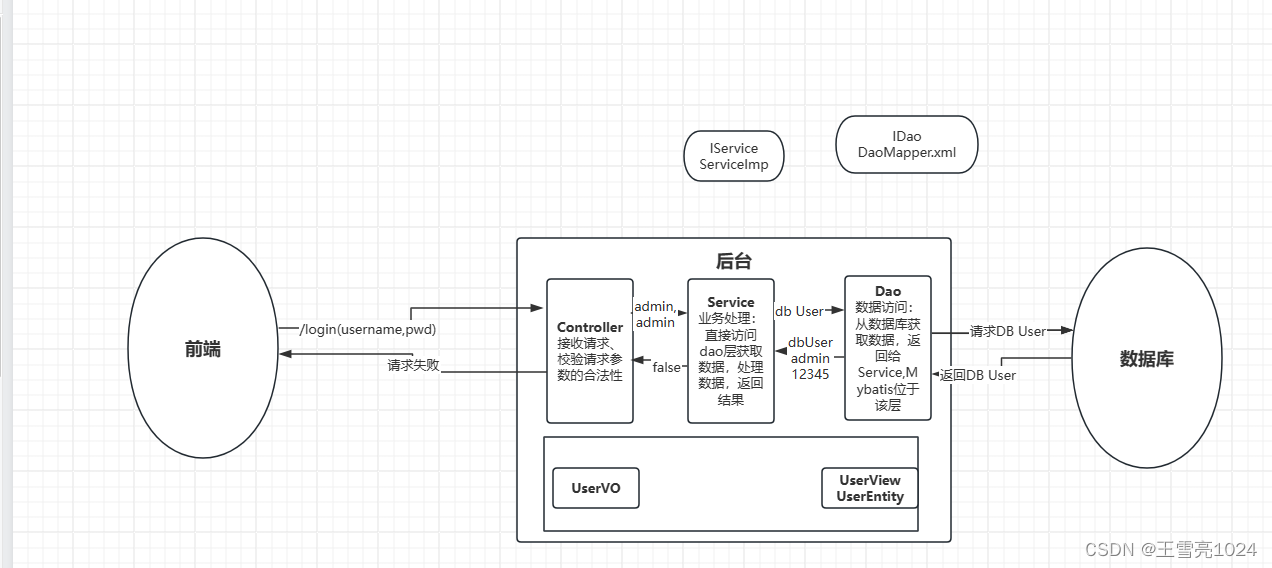


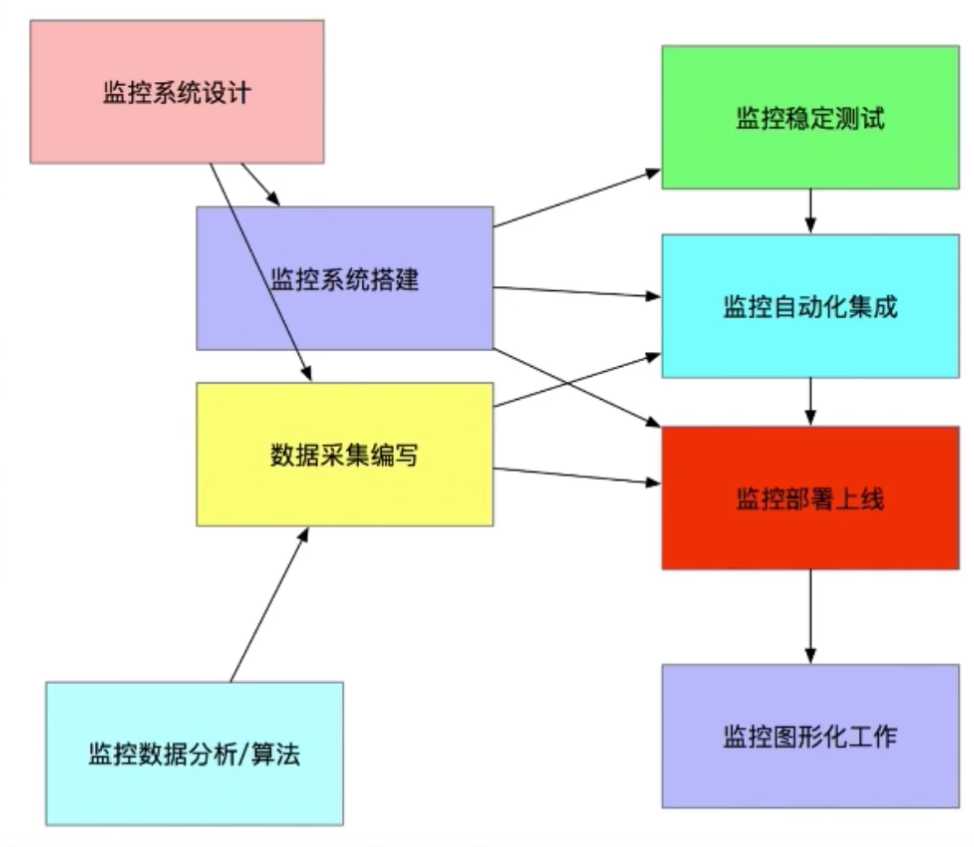
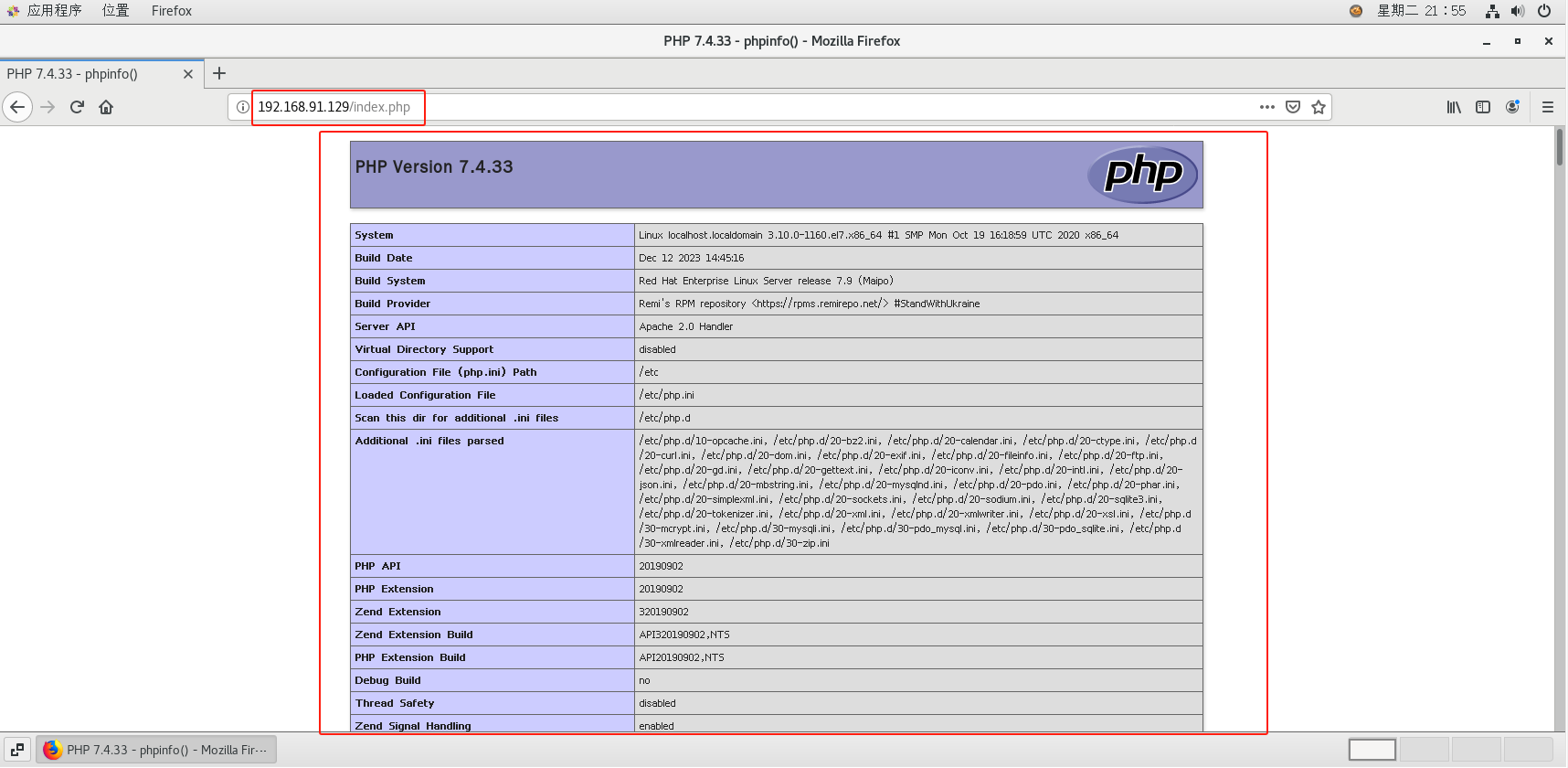
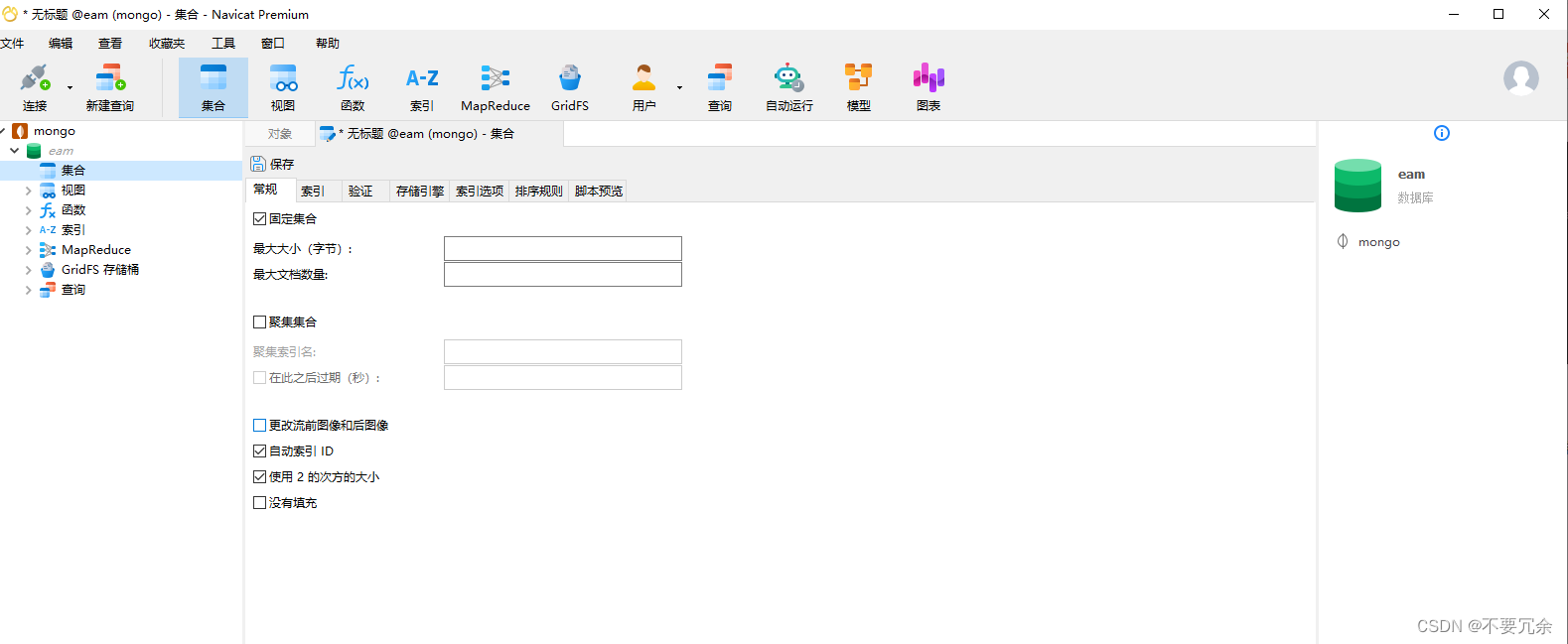
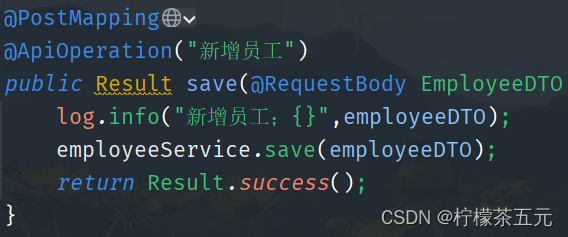

![[Qt] 点击QTableWidget item项后键盘输入导致崩溃](https://img-blog.csdnimg.cn/direct/acd250e28c8b471bbaa69dee4bc82f65.gif)


